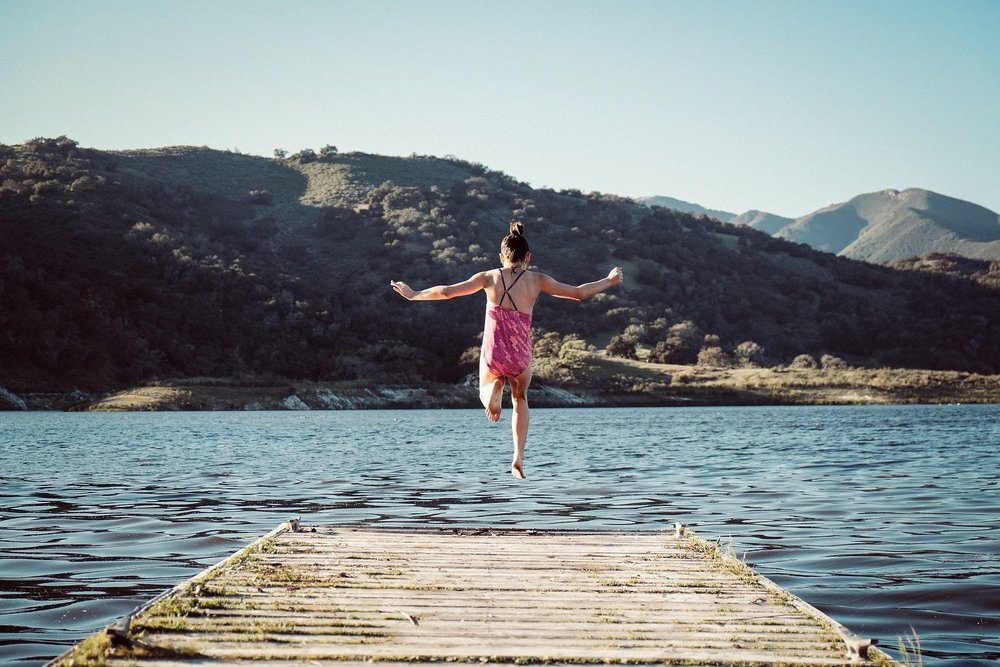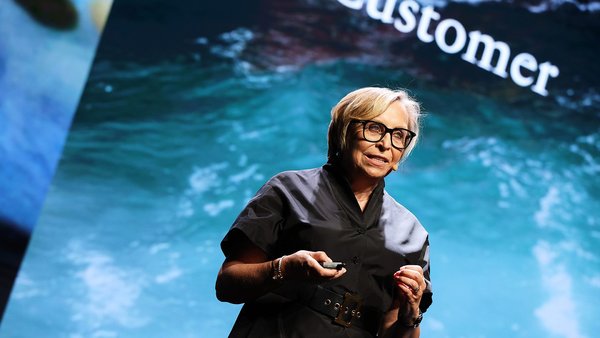What makes advertising brave and how do you make brave advertising? /
Wunderman Thompson's UK chief strategy officer, Sid McGrath, explains what brave advertising means to him and how agencies can organise themselves to create it
James Swift
/
Photo by Erik Dungan on Unsplash
At the beginning of the month, we published our annual Contagious Pioneers list, celebrating the 10 agencies that we believe consistently produce the best and bravest advertising on the planet.
But what is ‘brave’ advertising and how do agencies put themselves in a position to create it? To get an inside perspective on the matter, we spoke to Sid McGrath, who is the UK chief strategy officer at one of our 2021 Pioneer agencies, Wunderman Thompson, London.
‘Brave’ could seem like a grandiose word to describe our industry’s output. What does bravery mean to you, in the context of advertising?
‘Brave’ can seem like a daunting term, but the dictionary definition is pretty exciting: having or showing mental courage or moral strength to face danger, fear, or difficulty. That’s got to be worth getting up for every morning, surely?
Bravery has to be about finding a different way to do something. It could potentially fail, but will make a mark and be remembered, hopefully for the right reasons. This is so important for our industry right now. I worry that we’re beginning to converge on too many proven techniques. This approach risks failing to make any impact with the general public, as no one is waiting with bated breath for the next instalment of unrequested advertising clutter. But when a client advertises, it’s people’s attitudes, beliefs and behaviours that need to be challenged. Brave thinking and brave action will allow creativity to break out, surprise and inspire people, because so much of what they see or hear just feels a bit ordinary.
Are there definite and distinct benefits that brave advertising has over less brave work?
Brave advertising is ideas brought to life that have never been seen before, that challenge the status quo or simply agitate its audience for a response. We have to believe that this type of work, that stands out as different and unexpected, will be more memorable and effective. As much as the communication landscape may have changed, it’s still a battle for people’s attention and reaction.
What are the biggest inhibitors to creating brave advertising within an agency?
It can be difficult to come up with something breakthrough, as often the parameters of the brief or what’s right for the brand are so tightly defined. As much as we are told about the importance of having no fear of failure, no one really wants to screw things up, and often we have a duty of care towards the client and their brand. That may be the reason why the tried and trusted approach is often preferred.
Sid McGrath, Wunderman Thompson
How do you overcome those barriers? Are there processes you can put in place, or does it all come down to attitude?
In Creativity Inc, Ed Catmull’s book about creativity and inspiration at Pixar, he refers to the early mock-ups of Pixar’s films as ‘ugly babies’: ‘They are truly ugly; awkward and unformed, vulnerable and incomplete. They need nurturing – in the form of time and patience – in order to grow’.
Spotting and protecting the awkward and vulnerable is so important when developing braver ideas. They’re all too easy to dismiss, to call off-brief, to think too dangerous to progress, to ignore because we don’t yet know how to make them happen. Yet out of these, with the right care and attention, can form the ideas that can change the way people think about a brand, themselves or the world.
What do you think are the most successful strategies for getting clients on board with risky or brave ideas?
I think we need to redefine bravery itself and make it less scary and risky to buy. Someone once told me that with so much mounting evidence that supports emotionally led communication, multi-channel campaigns and long-term thinking, the truly brave client is the one that dismisses all of this and instead opts for something expected or lacking ambition. I try and open clients’ eyes to what the expected is in their market and their audience’s world and to explain that anything that’s too similar, that reinforces the status quo or is simply too ordinary, is not a good way to spend their money.
Is there a particular kind of client, you’ve found, that is more likely to want or accept brave ideas?
Clients that go for brave ideas tend to be as invested in their career as they are in their brand. My best work has been when clients have made it clear they want a promotion or a better job. Unsurprisingly, I’ve never encountered anyone who was fast-tracked for being cautious or risk averse.
How do you know when you’ve gone too far? Is there a reliable test or measure for distinguishing between ‘brave’ and ‘reckless or offensive’ ideas?
I think there’s a maturity that’s necessary to understand why a particular course of action is being pursued. I was always taught that you need to first understand why the rules of a category exist before you attempt to break or subvert them. Doing that leads to radical, often subversive thinking which can really help brands make a name for themselves; otherwise, you may end up with irrelevant advertising anarchy on your hands which isn’t much use to anyone.
What’s the bravest ad you’ve ever run? Why was it such a risk?
I helped create a campaign for the alcopop Metz called ‘The Judderman’ which Channel 4 recognised as the scariest ad of all time. Because it was a drink targeting clubbers, we knew we could do something extraordinary. At the agency, we had a shared ambition to do something amazing that wouldn’t let people sleep after seeing it. A great researcher helped us work with some opinion-former research groups who could handle challenging ideas. And the team stayed tight and together throughout the whole process, from brief to shoot; just two creatives, an account lead and a planner. In the end we created something that had never been seen or experienced before. It was the belief in our idea and each other that helped get it made.
Want more of the same? /
We don’t just write about best-in-class campaigns, interviews and trends. Our Members also receive access to briefings, online training, webinars, live events and much more.







